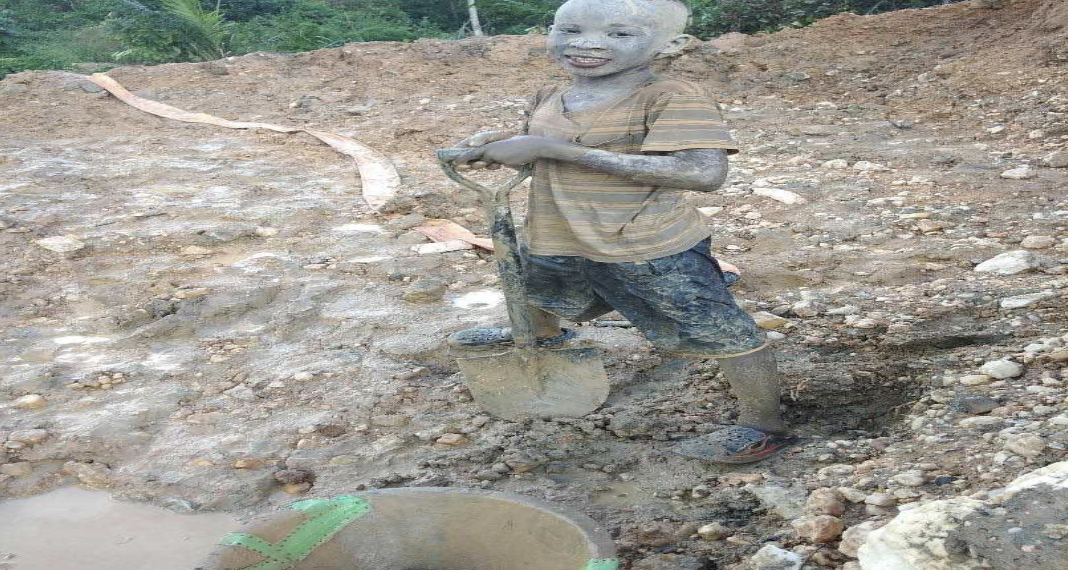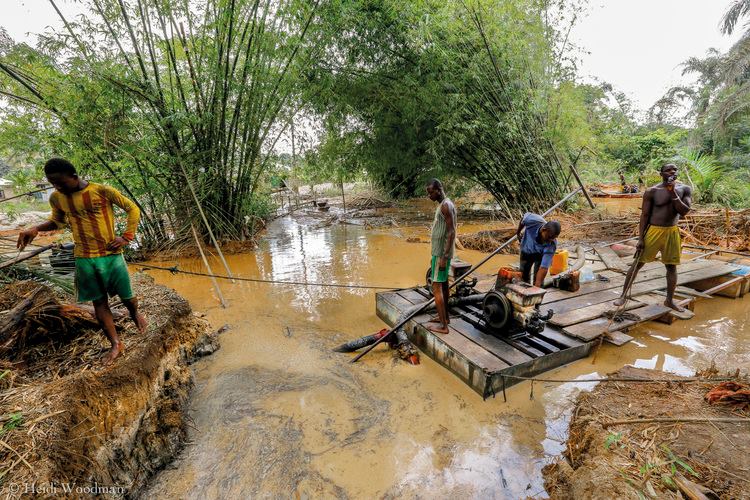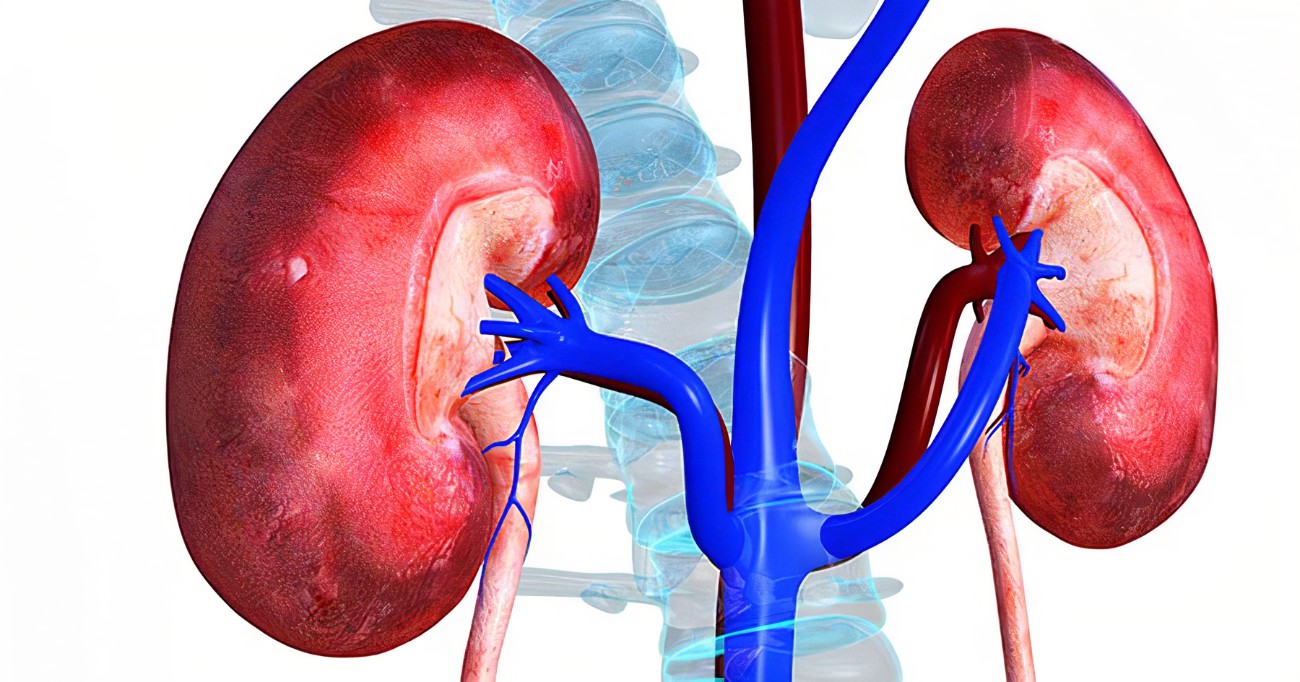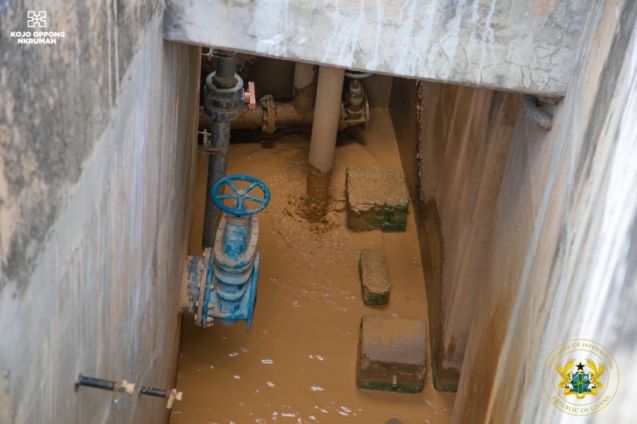

Illegal mining, popularly known as galamsey poses significant threats to both the environment and human health.
While the environmental impacts, such as deforestation and water pollution, are well-documented, the direct health consequences for humans are often underestimated.
Here are five major health risks associated with galamsey activities:
- Mercury poisoning
One of the primary dangers of galamsey is mercury exposure. Mercury is frequently used in the gold extraction process to amalgamate the metal from ore.
This toxic substance can leach into water bodies, contaminating drinking water and aquatic life. When humans consume fish or water tainted with mercury, they are exposed to serious health risks.
Health effects:
Neurological damage, including memory loss and tremors
Kidney failure

Respiratory problems
Long-term exposure can lead to birth defects and developmental issues in children
- Respiratory issues
Galamsey mining sites often produce dust and release harmful chemicals into the air, causing air pollution.

Workers and nearby residents are exposed to these pollutants, which can lead to chronic respiratory problems.
Health effects:
Chronic obstructive pulmonary disease (COPD)
Asthma
Lung cancer
Pneumonia, especially in vulnerable populations such as children and the elderly
- Water contamination
The chemicals and waste materials from illegal mining seep into rivers and groundwater, contaminating local water sources. The use of harmful substances like cyanide, in addition to mercury, can make the water unsafe for consumption and domestic use.
Health effects:
Diarrheal diseases, such as cholera and dysentery
Kidney and liver damage from long-term consumption of contaminated water
Skin irritations and infections from direct contact with polluted water
Increased risk of cancer from prolonged exposure to toxic chemicals

- Physical injuries and fatalities
Galamsey operations are often conducted without proper safety measures, leading to frequent accidents. Miners, who usually work without adequate protective gear or equipment, are prone to injuries and even fatalities due to tunnel collapses, explosions, and falling debris.
The lack of medical facilities in remote mining areas also exacerbates the situation, delaying emergency treatment.
Health effects:
Broken bones, head injuries, and amputations
Death from mine collapses and explosions
Long-term physical disability
- Spread of infectious diseases
Mining activities attract people to remote areas, resulting in overcrowded, unsanitary conditions, which can accelerate the spread of infectious diseases.
In addition, stagnant water from abandoned mining pits becomes breeding grounds for mosquitoes, increasing the prevalence of malaria.
Health effects:
Malaria outbreaks due to mosquito-breeding habitats
Increased rates of waterborne diseases such as typhoid and cholera
Spread of tuberculosis (TB) and other respiratory diseases in overcrowded mining settlements.
Read Full Story













Facebook
Twitter
Pinterest
Instagram
Google+
YouTube
LinkedIn
RSS